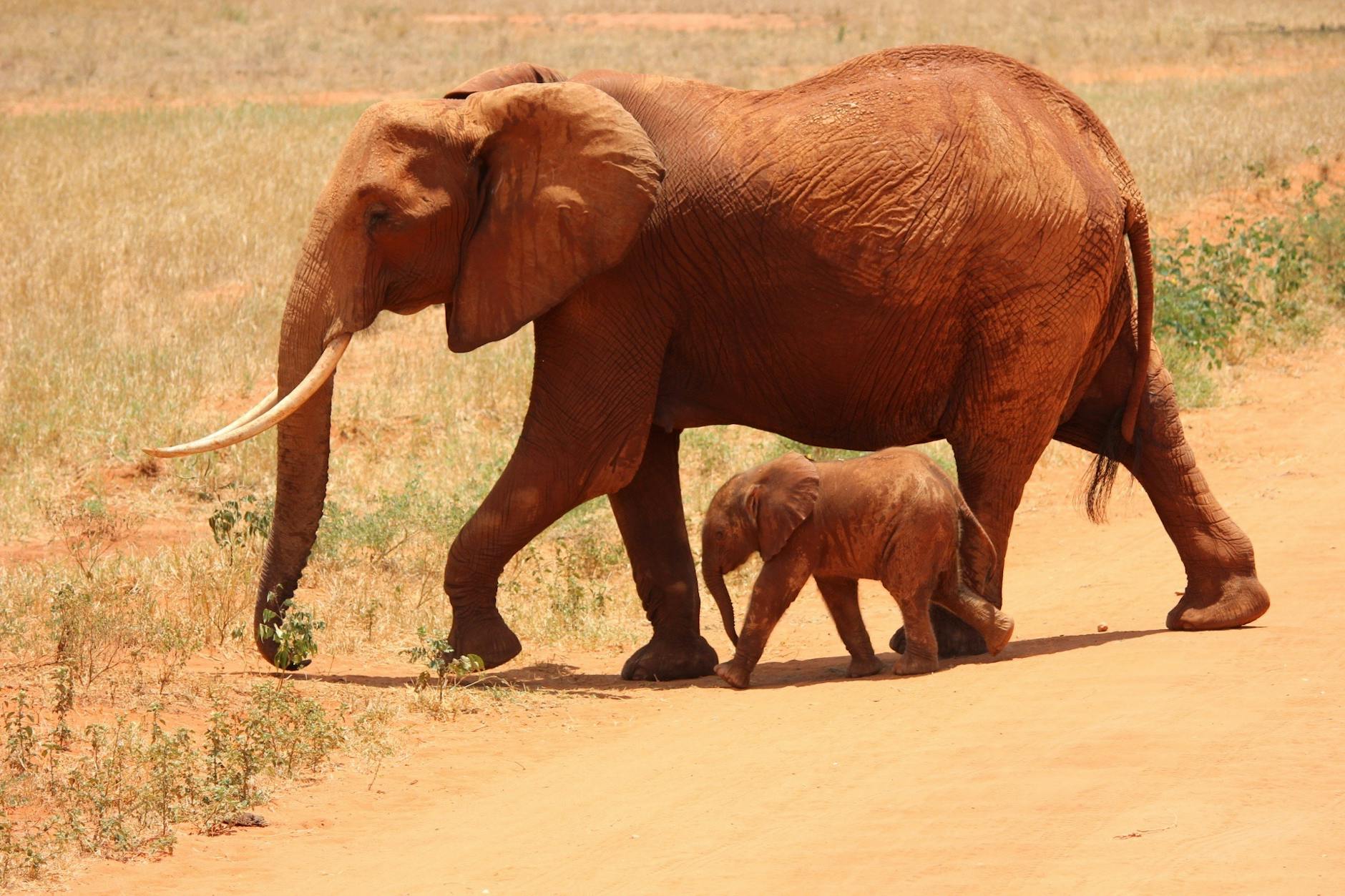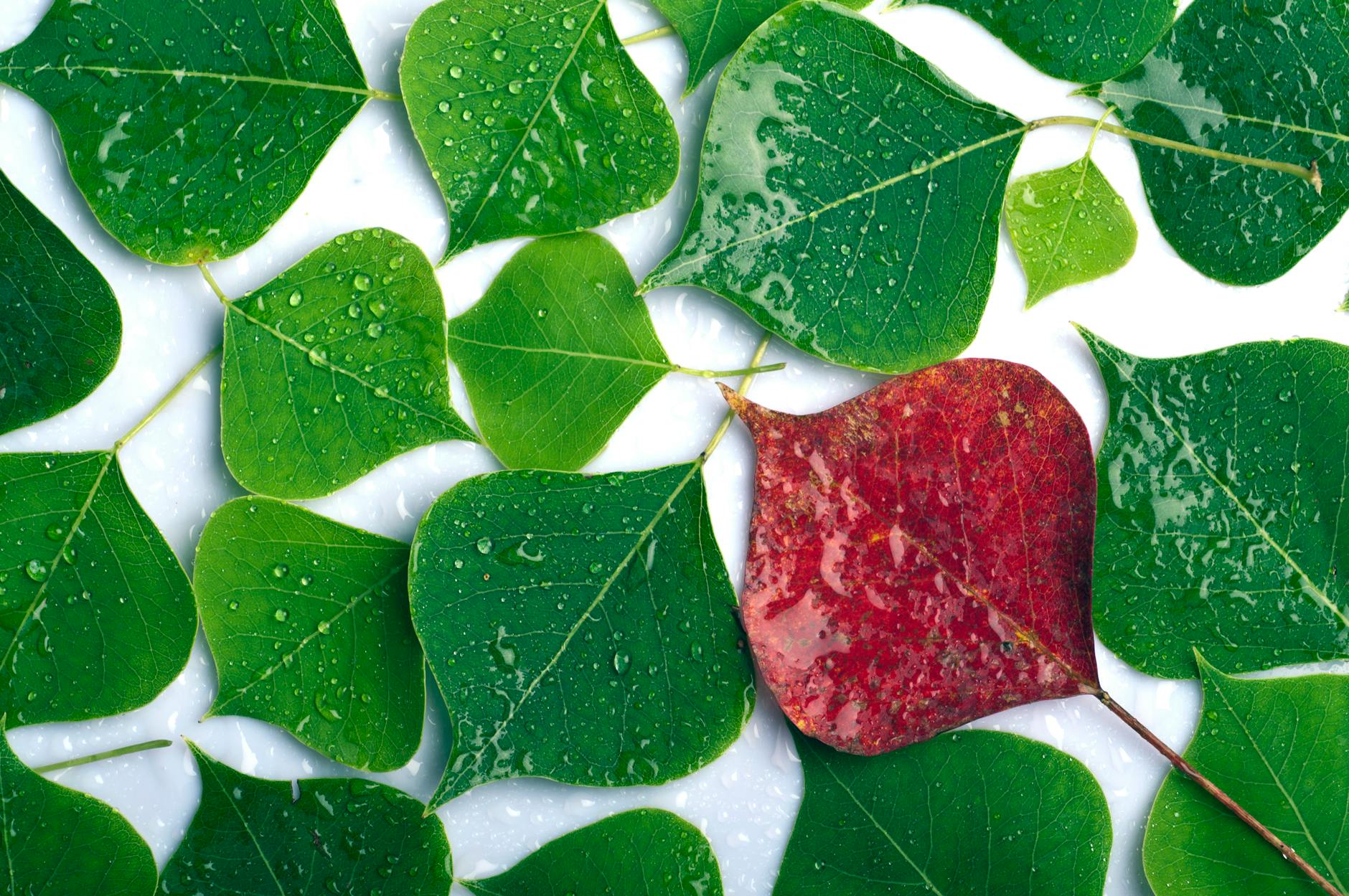Living and Non-Living Things 🐶🌳🚗 Hello, little learners! 🤩 Today, we are going to talk about something super exciting—Living and Non-Living Things! Are you ready? Let's dive in! 🏊♂️

🌟 Have you ever wondered why your puppy wags its tail, but your favorite toy car doesn't move on its own? 🐕🚗 It's because one is living and the other is non-living! Welcome to an exciting adventure where we'll explore the fascinating world of living and non-living things. Get ready to see the world around you in a whole new way! 🌍👀
Imagine a world where everything was the same - how boring would that be? 😴 Luckily, our planet is full of amazing diversity, from the tiniest ant 🐜 to the tallest tree 🌳, from your cozy bed 🛏️ to the big, blue sky above ☁️. But what makes something 'living', and what doesn't? That's the mystery we're about to unravel! Are you curious to find out? Let's embark on this journey together and discover the incredible differences and importance of living and non-living things in our world. 🕵️♀️🔍

Understanding Living Things
Characteristics of Living Things
Living things are fascinating! They share some special traits that make them unique:
-
They need food and water
-
They can grow and change
-
They can reproduce
-
They respond to their environment
-
They breathe
Let's look at these in a fun table:
| Characteristic | What it means |
|---|---|
| Needs food | Living things eat to get energy |
| Grows | They get bigger over time |
| Reproduces | They can make more of their kind |
| Responds | They react to things around them |
| Breathes | They take in air to live |
Examples of Living Things
Can you guess some living things? Here are a few:
-
🐶 Dogs and cats
-
🌳 Trees and flowers
-
🐠 Fish in the sea
-
🦋 Insects like butterflies
-
👧👦 You and me!
How Living Things Grow and Change
Living things don't stay the same. They grow bigger and change as time passes. A tiny seed 🌱 becomes a big tree 🌳, and a baby 👶 grows into an adult 👨👩👧👦. This process is called life cycle. Different living things have different life cycles, but they all change and grow.
Now that we understand living things, let's move on to explore non-living things in our world!

Exploring Non-Living Things
Now that we understand living things, let's turn our attention to non-living things! These are objects that don't have the characteristics of life we just learned about.
What makes something non-living
Non-living things are objects that:
-
Don't grow or change on their own
-
Don't need food or water
-
Can't reproduce
-
Don't respond to their environment
Common non-living objects around us
Look around you! Non-living things are everywhere. Here's a fun table of some common non-living objects:
| At Home | In Nature | In School |
|---|---|---|
| Chair | Rock | Pencil |
| Lamp | Sand | Desk |
| Toy car | Cloud | Backpack |
How non-living things are used by living things
Living things often use non-living things in clever ways:
-
Birds use twigs to build nests
-
People use cars to travel
-
Plants grow in soil
Can you think of more examples? Remember, even though non-living things don't have life, they're still super important in our world!
Next, we'll explore the key differences between living and non-living things to help you spot them even easier!

Differences Between Living and Non-Living Things
Now that we've explored living and non-living things separately, let's compare them side by side to understand their key differences. This will help you become a pro at spotting what's alive and what's not in the world around you!
A. Movement and responsiveness
Living things can move on their own and respond to their environment. For example, a dog can run and wag its tail when it's happy. Non-living things, however, can't move by themselves or react to their surroundings. A rock will stay in the same place unless something moves it.
B. Growth and reproduction
One of the most exciting things about living things is that they grow and can make more of themselves! Plants start as tiny seeds and grow into tall trees, while animals grow from babies to adults. Non-living things don't grow or reproduce on their own.
C. Need for food and water
Living things need food and water to survive and thrive. Without these essential nutrients, they can't grow or function properly. Non-living things don't need food or water to exist.
D. Ability to breathe
Most living things breathe in some way, taking in oxygen and releasing carbon dioxide. Plants breathe through their leaves, while animals use lungs or gills. Non-living things don't breathe at all.
Here's a fun comparison table to help you remember:
| Characteristic | Living Things | Non-Living Things |
|---|---|---|
| Movement | ✅ Can move on their own | ❌ Can't move by themselves |
| Growth | ✅ Grow and change | ❌ Don't grow or change |
| Food and Water | ✅ Need nourishment | ❌ Don't need food or water |
| Breathing | ✅ Breathe in some way | ❌ Don't breathe |
Next, we'll explore some exciting activities to help you practice identifying living and non-living things in your everyday life!

Fun Activities to Identify Living and Non-Living Things
Now that we've explored the differences between living and non-living things, let's dive into some exciting activities to help you practice identifying them!
A. Scavenger Hunt in Your Backyard
Get ready for an adventure in your own backyard! Here's a fun scavenger hunt to help you spot living and non-living things:
-
Grab a notebook and pencil
-
Set a timer for 15 minutes
-
Search for and list:
-
5 living things (e.g., plants, insects, birds)
-
5 non-living things (e.g., rocks, toys, garden tools)
-
B. Sorting Game with Pictures
Create a sorting game using pictures from magazines or printed from the internet:
| Living Things | Non-Living Things |
|---|---|
| �cat | 🚗 car |
| 🌺 flower | 📱 phone |
| 🐦 bird | 🪑 chair |
Cut out various images and mix them up. Then, sort them into two piles: living and non-living. This visual activity reinforces your understanding of the differences between the two categories.
C. Create a Living/Non-Living Collage
Let's get creative! Make a colorful collage to showcase what you've learned:
-
Divide a large piece of paper in half
-
Label one side "Living" and the other "Non-Living"
-
Cut out pictures from magazines or draw your own
-
Glue the images on the appropriate side
-
Add fun facts about each item
These hands-on activities will help reinforce your understanding of living and non-living things while having lots of fun! Next, we'll explore why both living and non-living things are important in our world.

Importance of Both Living and Non-Living Things
Now that we've explored the differences between living and non-living things, let's discover why both are crucial for our world!
How living things depend on non-living things
Living things rely heavily on non-living elements for survival. Here's how:
-
Plants need soil, water, and sunlight to grow
-
Animals require air to breathe and water to drink
-
Humans use rocks and minerals to build homes and tools
| Living Thing | Non-Living Dependency |
|---|---|
| Plants | Soil, water, sunlight |
| Animals | Air, water |
| Humans | Rocks, minerals |
Balancing our environment
The balance between living and non-living things is essential for a healthy environment. For example:
-
Trees (living) absorb carbon dioxide from the air (non-living)
-
Decomposers break down dead organisms, enriching the soil
-
Water cycle involves both living (plants) and non-living (clouds) elements
Taking care of living and non-living things
As young environmental stewards, we can:
-
Plant trees and flowers to support wildlife
-
Conserve water by turning off taps when not in use
-
Recycle paper, plastic, and metal to reduce waste
Remember, every living and non-living thing plays a vital role in our world. By understanding and respecting both, we can help maintain a healthy planet for all!

As we've explored, the world around us is filled with both living and non-living things, each playing a unique and important role. Living things, like plants, animals, and even tiny microorganisms, have special characteristics that set them apart from non-living things. They grow, breathe, and can make more of their own kind. On the other hand, non-living things, such as rocks, toys, and buildings, don't have these abilities but are still very important in our world.
Remember, little learners, every time you look around, you can practice spotting the differences between living and non-living things. This knowledge helps us understand and appreciate the amazing diversity in our environment. So, keep exploring, asking questions, and learning about the wonderful world of living and non-living things!

